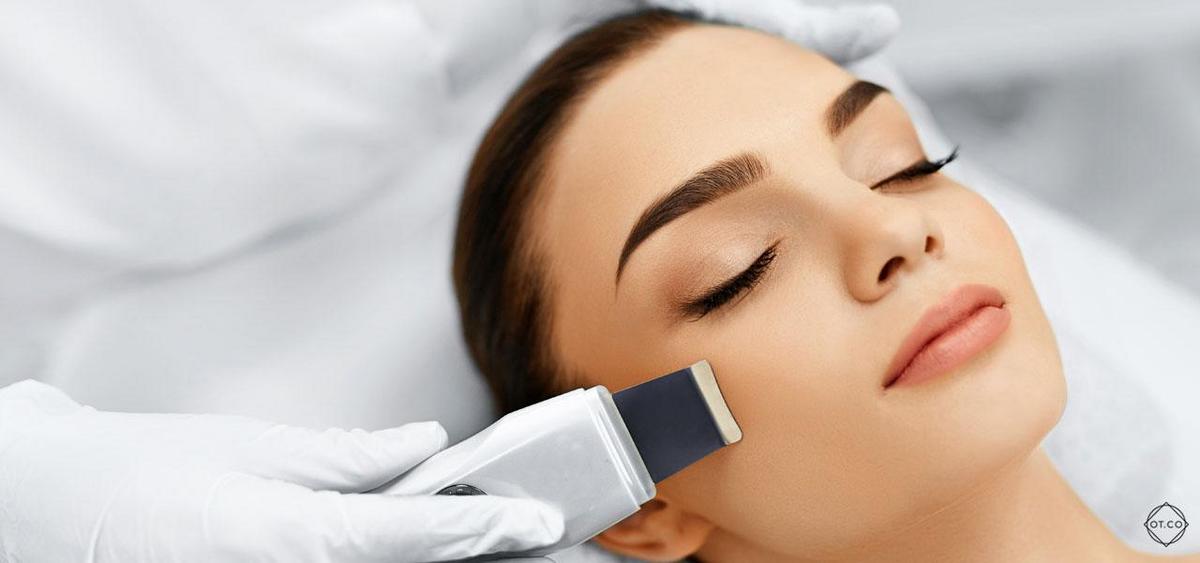TL;DR:
- Cavitation peeling is a non-invasive facial cleansing treatment using ultrasonic waves to remove dead skin, sebum, and impurities, leaving skin cleansed and radiant.
- How it works: Ultrasound creates micro-bubbles on moistened skin, bursting to remove debris and stimulate regeneration.
- Benefits:
- Deep cleansing and exfoliation.
- Stimulates collagen and elastin for firmer skin.
- Reduces acne, blackheads, discoloration, and wrinkles.
- Improves microcirculation and skin oxygenation.
- Safe for most skin types but not recommended for pregnant women, cancer patients, or individuals with epilepsy, pacemakers, or specific thyroid conditions.
- Lasts 30–60 minutes; painless and requires no recovery time.
- Recommended frequency: 4–6 sessions every 2–3 weeks.
- Cost: 80–200 PLN in salons; devices for home use cost 150–500 PLN+.
- Professional treatments are more effective than at-home devices.
For smooth and thoroughly cleansed facial skin, the right cosmetics and aesthetic medicine treatments are essential. One of them is cavitation peeling, which will allow you to thoroughly cleanse and refresh your skin.
What is a cavitation peeling and what does it involve?
Cavitation peeling is a modern, non-invasive cosmetic procedure that allows you to deeply cleanse your skin, remove dead skin and make your skin fresh and radiant. Unlike traditional scrubs, cavitation peeling uses ultrasonic waves, which work gently but effectively on the skin, allowing for a more thorough cleansing of its layers.
How does cavitation peeling work?
The treatment uses the phenomenon of cavitation – a process in which a liquid phase is converted into a gaseous phase under the influence of ultrasonic waves and a reduction in pressure. When the ultrasound comes into contact with moistened skin, it produces micro-bubbles, which burst, breaking up dead skin cells and removing impurities. As a result, the skin is cleansed, refreshed and stimulated to regenerate.
What is the phenomenon of cavitation?
The phenomenon of cavitation is a key element of the treatment. It involves the use of ultrasonic waves to create micro-bubbles on the surface of the skin. Under the influence of varying pressure, these bubbles explode, causing the gentle but effective removal of dead cells, sebum, impurities and bacteria. This makes cavitation peeling much more effective than traditional mechanical or chemical peels, while being much gentler on the skin.
Why is cavitation peeling effective?
Cavitation peeling reaches the deeper layers of the skin, removing impurities, excess sebum and dead skin cells. It works in depth, but at the same time is painless and causes no irritation. The treatment is ideal for those who want to cleanse the skin, smooth it and improve its condition. Thanks to the use of ultrasound waves, cavitation peeling stimulates microcirculation and improves oxygenation of the skin, which leads to its regeneration.
Cavitation peeling vs. other cleansing treatments
Compared to other cleansing treatments, such as microdermabrasion or chemical peeling, cavitation peeling is much less invasive. It causes no damage to the skin and is suitable even for people with sensitive skin. What's more, cavitation peeling can be combined with other skin care treatments, such as sonophoresis, to increase its effectiveness.
Conclusion
Cavitation peeling stands out as an effective, gentle method to deeply cleanse and rejuvenate skin. Unlike harsher treatments, it uses ultrasonic waves to remove impurities, smooth skin, and enhance radiance without irritation. Ideal for various skin types, it offers noticeable results—like reduced acne, improved tone, and increased elasticity—after just one session. While home devices are convenient, professional treatments deliver superior outcomes. If you’re seeking refreshed, glowing skin, cavitation peeling is a worthwhile choice that combines safety, comfort, and visible benefits.






